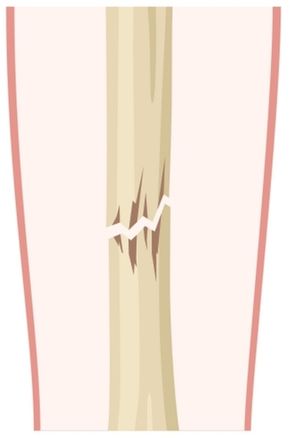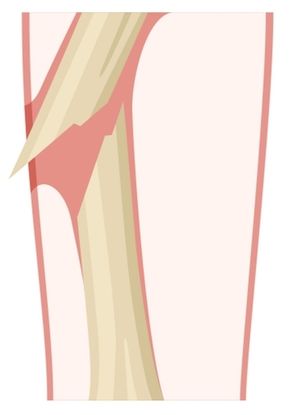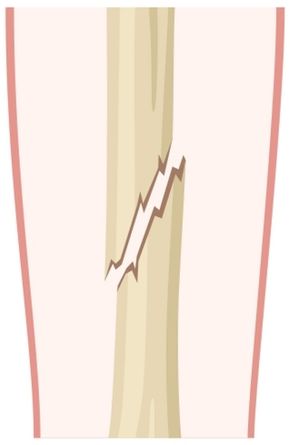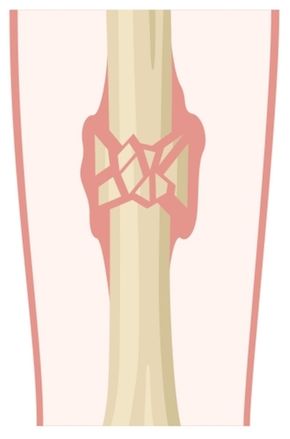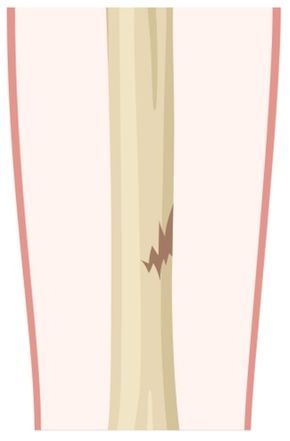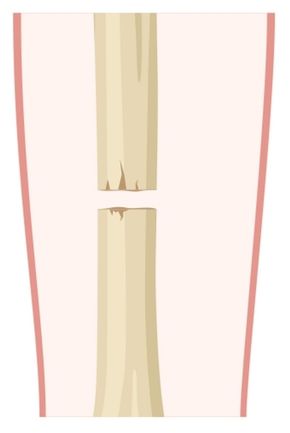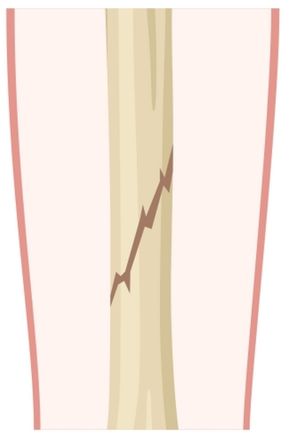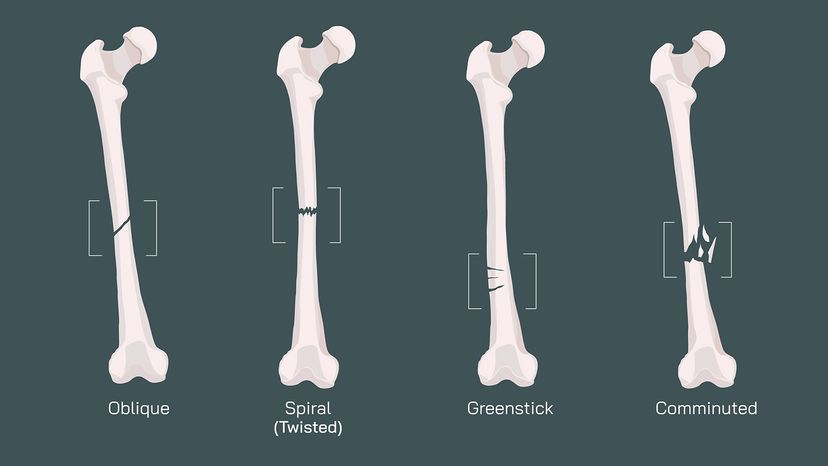
A bone fracture can happen in an instant—from a fall, an accident, or even repetitive stress. But not all fractures are the same. Understanding the different types of fractures can help you grasp how bone breaks occur, how they’re diagnosed, and what the healing process might involve.
Here’s a list of common bone fractures, including what sets each one apart.
Advertisement
